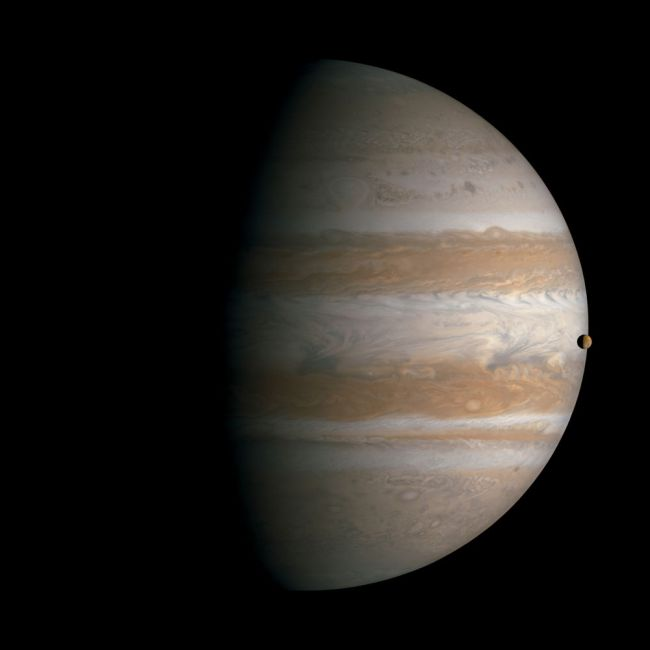I can't imagine a combination of astronomical forces that would change a planet's shape without melting the mantle, but then the universe is full of stuff I couldn't have imagined, so just handwave it. That's more or less what Larry Niven did with Jinx.

Now if, instead of forming in a higher gravity gradient, a planet or large moon once rotated much faster than it does now, and if it has had a rigid mantle and not been tectonically active since before it slowed down, then the equator could be 100 or 200 miles higher than the poles -- high enough to rise above effectively all the atmosphere.

Of course this gives two atmospheres, not three, but if the only purpose of the band of dense gases was to present an uninhabitable barrier, perhaps your story may work as well with vacuum separating the habitable worlds.
If you still feel you need a third atmosphere, for reasons other than just separating the two bubbles, you can declare that it wraps the whole planet, above the two bubbles and above the mountains.

A little more handwavium serves to keep the upper atmosphere from mixing with the bubbles, and any cross contamination can be absorbed by the biohemispheres.
If you use this construction, make the world as small as you plausibly can. A planet the size of Earth or even Mars could not have mountains 200 miles high even with a rigid mantle. Rock is just not that strong.





